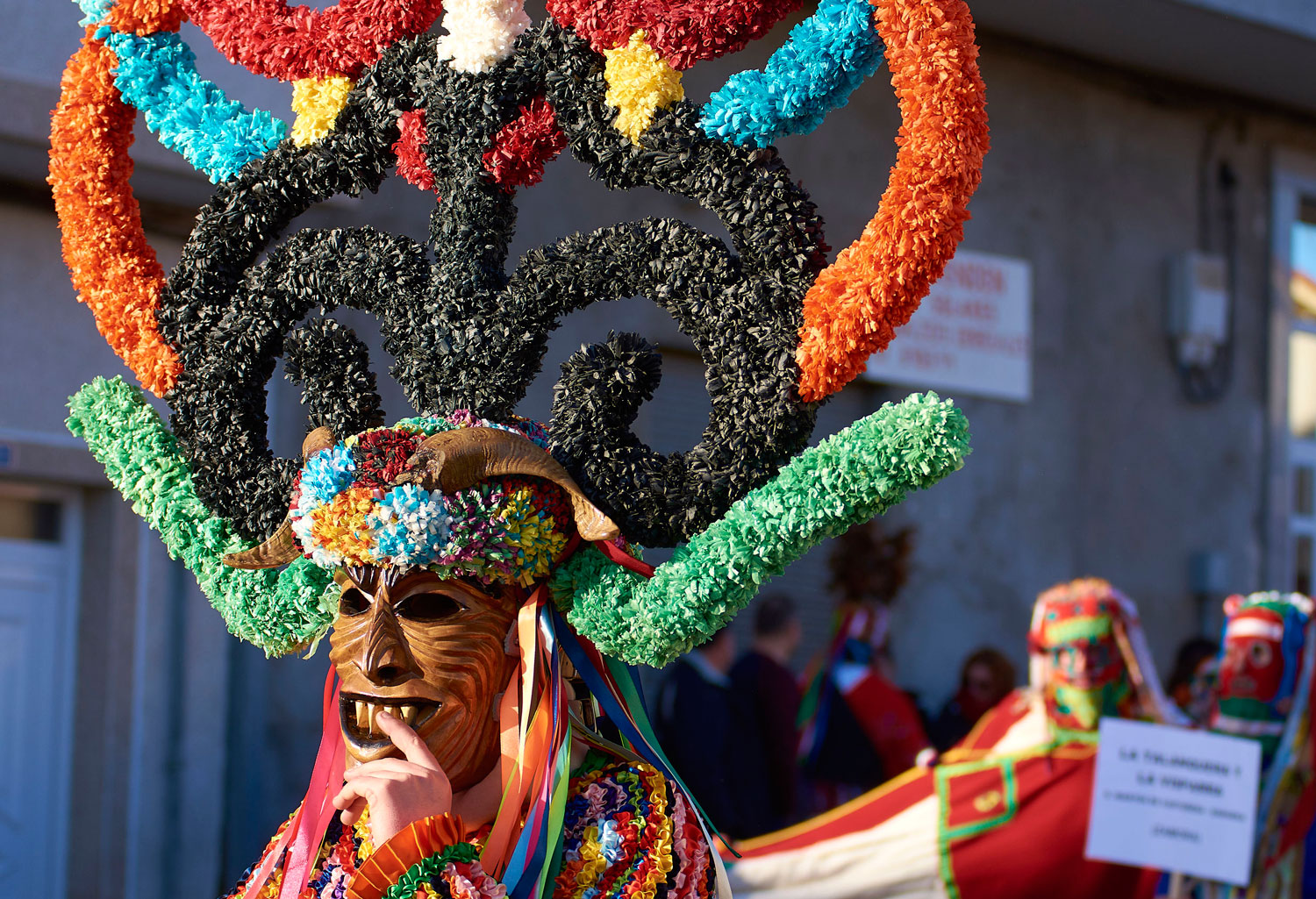Spanish Carnival: A world-famous celebration!
Are you ready for Carnival? You’ve probably heard of the world-famous Carnival celebrations in Rio de Janeiro and Venice, but you might be surprised to hear that we’re getting our costumes and face paints ready here in Madrid too! We’re all very excited to celebrate this weekend: to see the colourful parades take over the streets, to hear the traditional chirigota songs and to taste delicious Carnival sardines cooked in countless different ways!
Carnival (or Carnaval in Spanish) is traditionally celebrated over the week leading up to Lent, as a way of blowing off steam and using up luxury food items ahead of the annual fasting period. Carnival in Madrid traditionally finishes on Ash Wednesday with the burial of the sardine (as immortalised by Goya in his painting El Entierro de la Sardina). Legend has it that this strange tradition dates back to the 18th century, when King Carlos I ordered for sardines to be brought from the coast to feed the common people. By the time the sardines arrived in Madrid they had been spoiled by the hot Spanish sun, and the smell of rotten fish was so terrible that the people had to bury them immediately!

One of the most interesting things about Carnival is how the celebrations vary according to region. Each country and indeed each town has its own idiosyncratic style of celebrating Carnival season. One of the most famous celebrations in Spain takes place right on the Via de la Plata Camino route, in the Galician city of Ourense. Here, Carnival is called Entroido, and the celebrations take their inspiration from Galicia’s ancient Celtic heritage. The stars of Carnival parades in Galicia are the peliqueiros: brightly dressed figures who carry whips and whose unusual headgear is made up of a wooden mask, a large metal helmet painted with animal designs, and a wig made of animal furs.
Carnival celebrations in Galicia are some of the most ancient in Spain – many historians date the celebrations back to the ancient Romans and Celts – and Galicia was one of the few regions that continued to celebrate Carnival under the ban put in place during the Franco dictatorship. Such is the importance of the unique Carnival traditions in Galicia that the Entroido celebrations of eight separate Galician towns are officially recognized by the Spanish government as Festivals of International Touristic Interest. But be careful: if you are seen in one of these towns during Carnival without a costume, then you may find yourself having flour or even live ants thrown at you!

Spain is an immensely diverse country in terms of landscapes, gastronomy and culture. Our guided Caminos are carefully designed to show off the very best that the country has to offer, and our incomparable Camino guides are experts in the traditions of both Spain in general and the Camino de Santiago in particular. Come and discover Spain’s rich culture for yourself!
